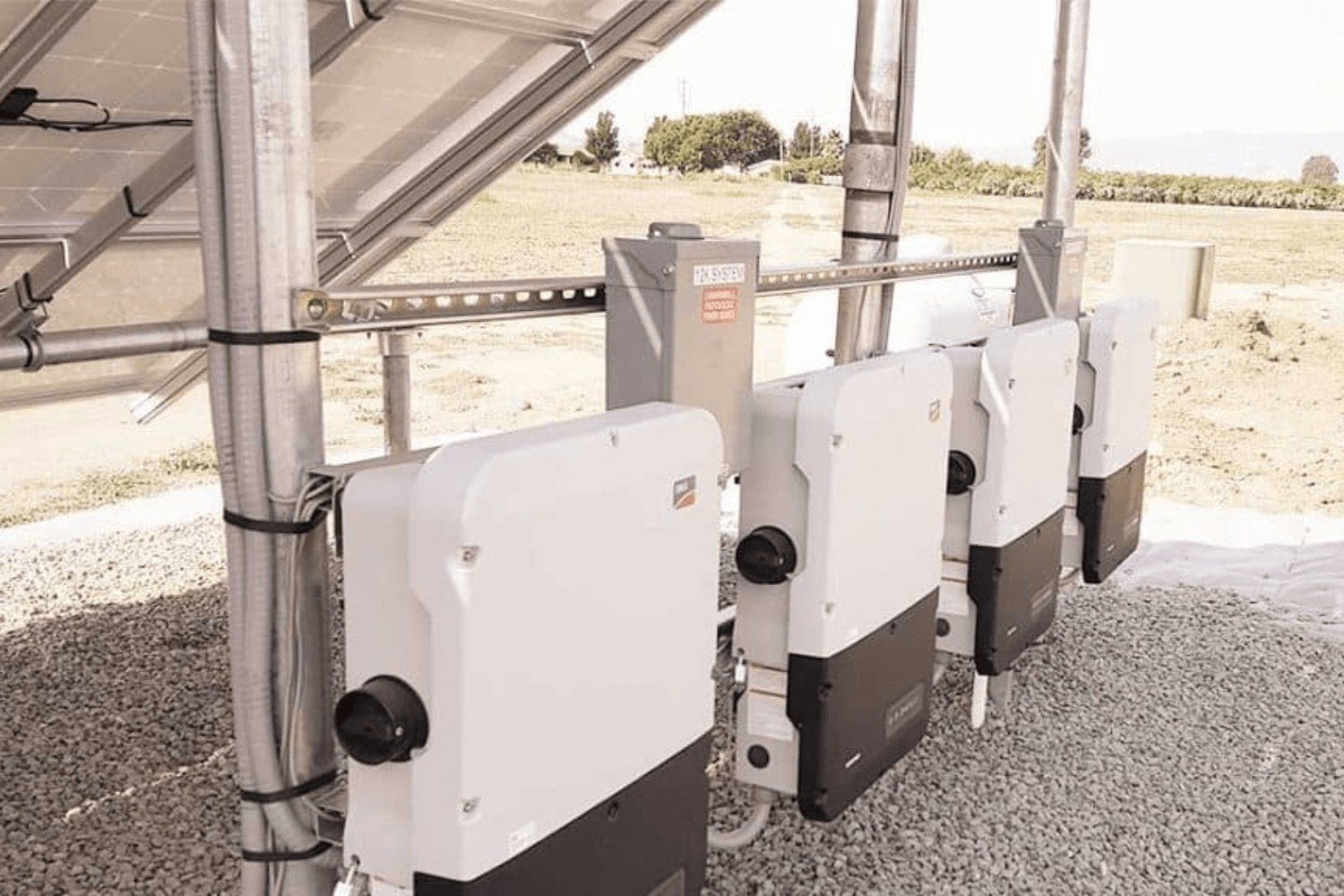How Long Do Solar Power Inverters Last?
A solar inverter is a tool capable of converting DC into AC electricity. Inverters are standard parts of solar electric systems for solar panels produce DC electricity, and most tools employed in homes or offices run on AC voltage.
Below are the common types of solar inverters:
1. String inverters
These are the standard type of inverter. Primarily, electricity from solar boards is filled into a primary inverter via multiple cables. While those are cheap and common, string inverters are incompatible with solar batteries out a new battery inverter.
2. Micro-Inverters
These are extremely smaller in size and capability related to conventional string inverters. Instead of possessing one central inverter, however, there’s a micro inverter placed on the rear of each panel. Micro-inverters works properly than string-inverters when the boards are partially capped by cloud or screen, but micro-Inverters are considerably more costly.
3. Battery inverters
Unlike the other two discussed inverters, battery inverters run specifically to turn stored DC electricity in to AC electricity.
4. Hybrid inverters
This is a battery inverter and string inverter linked. Hybrid inverters are more affordable than buying the two inverters individually, but they manage to be somewhat less useful. Hybrid inverters can be established even if you don’t own a solar battery so you can obtain use of this inverter.
5. Grid-tie inverters
This is a sub-group of inverter fitted of equaling the electricity grid’s electricity flow to support your solar system to transport electricity to the network. Most string, hybrid, and micro inverters are included in grid-tie inverters.
6. Off-grid inverters
As the name implies, these inverters are made for off-grid maintenance and are fit with diesel-generated power. This is quite popular with rural stations which Perth is famous for.
Depending on its capacity, a photovoltaic system could include either a single inverter or multiple units. There are two main types of solar systems attached to the grid (grid-tied) and separated from the network (off-grid).

Solar inverters lifespans can be immensely lower than the solar panels themselves depending on the model, form, or brand. Solar inverters likewise operate more electrical elements vs. solar panels that are required to turn solar panels DC power into AC. These elements are more susceptible to heat than any different parts of the entire PV system, giving them even more likely for machine malfunctions.
The lifespan of solar inverters can differ as most top string inverters life. Prospect ranges from 10 to 15 years, whereas some micro inverters. DC optimizers are estimated to last 20 to 25 years. Nonetheless, if you seem for off-grid battery-based PV inverters, you can assume much shorter lifespans ranging from 2-10 years depending on the producer.
On average, while the lifetime of solar panels, the inverter must be replaced once. The life expectancy of an inverter also depends on its environment. For instance, a high temperature harms lifetime. Optionally install the inverter in a relatively cold and well-ventilated area.
For more information and questions, Get in touch with Perth Solar Power Installations for all questions and inquiries on 1300 926 166 or visit the website and fill out the form to the right of page for a quick and easy quote. Learn more about solar inverters here!

